Interviews
Brother leaves for war, survival
And at that time, when he came to pick up my brother, my mother never showed tears. She smiled, and she said, “You’re an American now, no matter what. Don’t bring shame on the Oyama family.” And because you grew up without a father, don’t do anything to disgrace the family. “You fight for America, because that’s where you belong.”
And then, after my brother left, I went back to the house, and then I was surprised because […] when I went back to the house, my mother had locked herself in the bedroom and she was just crying her heart out. That’s the part where I admire my mother because she really never showed her weakness because she wanted to be strong for us, growing up without a father. And I think that’s what kept us going.
We were such a close-knit family, you know. And I think that’s the only time I really heard her really cry. And I think once, as a widowed mother, single mother, it must have been tough for her, you know. And once she tried to leave us, and I think she just wanted to get over it. So, a kind neighbor next door, you know, the adults came over to stop her. But, after I got married, I realized how difficult it was during that immigrant period. You know, you’re away from your family in Japan and without relatives to learn to survive on your own.
Date: February 19, 2004
Location: Hawai'i, US
Interviewer: Lisa Itagaki, Krissy Kim
Contributed by: Watase Media Arts Center, Japanese American National Museum.
Explore More Videos

Traveling from Manila to Tokyo
(b. 1921) Nisei veteran who served in the occupation of Japan
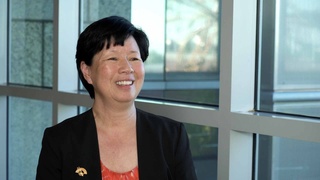
Camp stories impact on her career
Sansei judge on the Superior Court of Los Angeles County in California
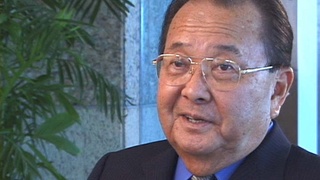

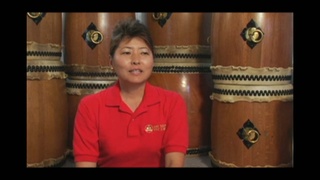
Taiko as a family tradition
(b.1960) Third-generation taiko drummer, leader of Maui Taiko

Obon and the community
(b.1960) Third-generation taiko drummer, leader of Maui Taiko

Taiko as a family activity
(b.1960) Third-generation taiko drummer, leader of Maui Taiko

On Being a New Judge and a New Mother
(b. 1942) The first Asian American woman judge
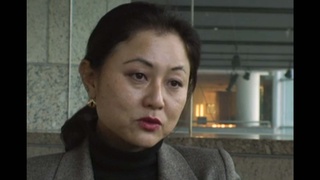
Concentration camp from a Japanese mother’s point of view (Japanese)
Shin-Issei from Gifu. Recently received U.S. citizenship

On Justice Todd’s Daughter, Mia Doi Todd
(b. 1942) The first Asian American woman judge

The multicultural perspective
(b.1960) Third-generation taiko drummer, leader of Maui Taiko

Mothers and Taiko
(b.1960) Third-generation taiko drummer, leader of Maui Taiko
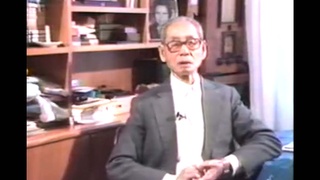
Makegumi - Movement to regognize the defeat of Japan (Japanese)
A central figure for the “Makegumi” (defeatists)
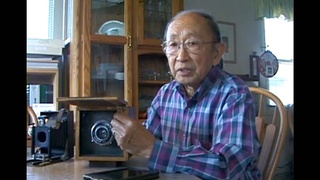
His father didn't spend too much time with the family
(1924-2016) Photographer and businessman.

